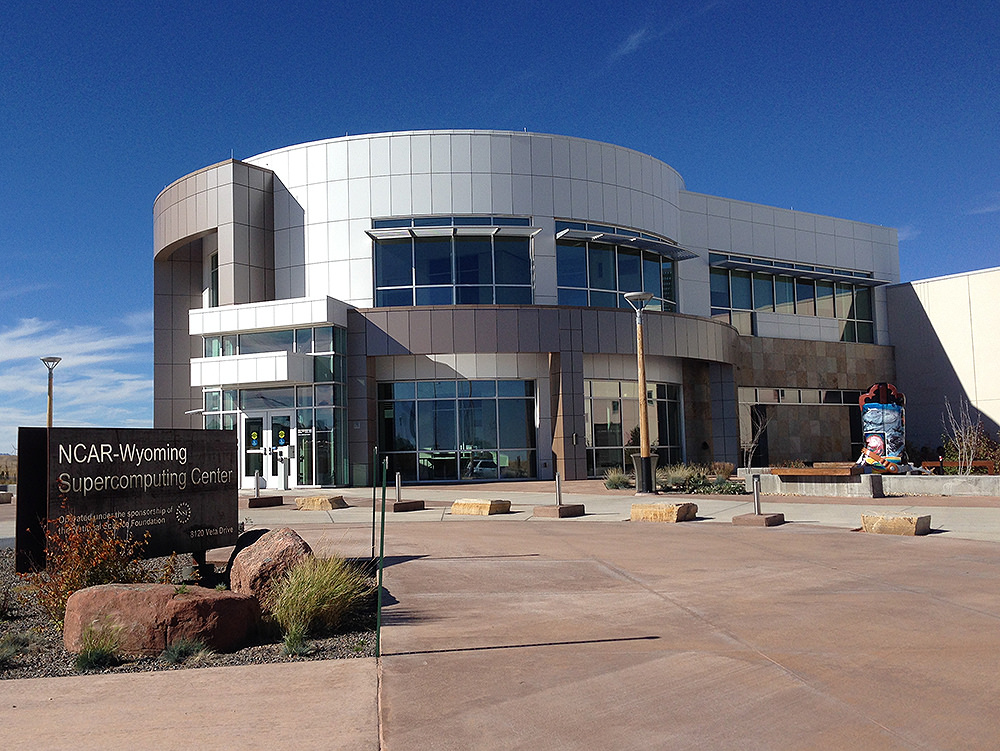
By Staff 1-12,2016
The National Center for Atmospheric Research (NCAR) announced today that it has selected its next supercomputer for advancing atmospheric and Earth science, following a competitive open procurement process. The new machine will help scientists lay the groundwork for improved predictions of a range of phenomena, from hour-by-hour risks associated with thunderstorm outbreaks to the timing of the 11-year solar cycle and its potential impacts on GPS and other sensitive technologies.
The new system, named Cheyenne, will be installed this year at the NCAR-Wyoming Supercomputing Center (NWSC) and become operational at the beginning of 2017.
Cheyenne will be built by Silicon Graphics International Corp. (SGI) in conjunction with centralized file system and data storage components provided by DataDirect Networks (DDN). The SGI high-performance computer will be a 5.34-petaflop system, meaning it can carry out 5.34 quadrillion calculations per second. It will be capable of more than 2.5 times the amount of scientific computing performed by Yellowstone, the current NCAR supercomputer.
Funded by the National Science Foundation and the state of Wyoming through an appropriation to the University of Wyoming, Cheyenne will be a critical tool for researchers across the country studying climate change, severe weather, geomagnetic storms, seismic activity, air quality, wildfires, and other important geoscience topics. Since the supercomputing facility in Wyoming opened its doors in 2012, more than 2,200 scientists from more than 300 universities and federal labs have used its resources.
“We’re excited to bring more supercomputing power to the scientific community,” said Anke Kamrath, director of operations and services at NCAR’s Computational and Information Systems Laboratory. “Whether it’s the threat of solar storms or a heightened risk in certain severe weather events, this new system will help lead to improved predictions and strengthen society’s resilience to potential disasters.”
“Researchers at the University of Wyoming will make great use of the new system as they continue their work into better understanding such areas as the surface and subsurface flows of water and other liquids, cloud processes, and the design of wind energy plants,” said William Gern, vice president of research and economic development at the University of Wyoming. “UW’s relationship with NCAR through the NWSC has greatly strengthened our scientific computing and data-centric research. It’s helping us introduce the next generation of scientists and engineers to these endeavors.”
The NWSC is located in Cheyenne, and the name of the new system was chosen to honor the support that it has received from the people of that city. It also commemorates the upcoming 150th anniversary of the city, which was founded in 1867 and named for the American Indian Cheyenne nation.
